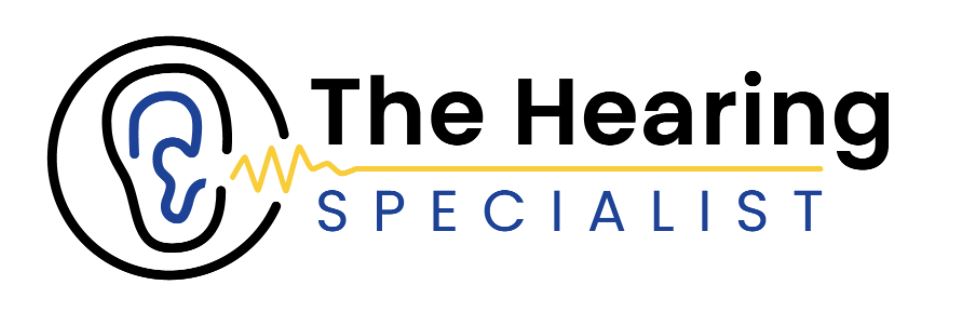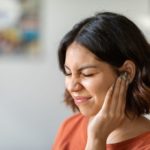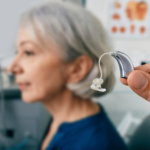There are numerous misconceptions surrounding hearing aids. Some are true, and others are far-fetched. So, we are going to clear up what is right, and wrong.
In today’s article, we will be diving into the common misconceptions about hearing aids.
Hearing aids are only for the elderly
The first misconception on our list is that ‘hearing aids are only for the elderly’. This is false. Contrary to popular belief, hearing loss doesn’t discriminate based on age. Younger individuals, including children and young adults, may experience hearing impairment due to a variety of factors such as genetics, exposure to loud noises, or underlying medical conditions.
Studies indicate that the prevalence of hearing loss among teenagers and young adults has risen significantly in recent years, largely attributed to prolonged exposure to loud environments, such as concerts, and clubs, and the pervasive use of personal audio devices at high volumes. Additionally, genetic factors and certain medical conditions contribute to hearing loss in younger individuals.
Technological advancements in hearing aids further debunk the myth, with features catering to the preferences of tech-savvy younger users. Bluetooth connectivity, smartphone integration, and discreet designs are among the innovations that make modern hearing aids not only functional but also seamlessly integrated into the lifestyles of individuals of all ages. Here at the Hearing Specialist, we offer a range of premium hearing aids to suit all different lifestyles and budgets. Our hearing aid range features some of the biggest names in audiology, including Bernafon, Widex and Signia.
Myth debunked!
Hearing aids restore hearing to normal
The next misconception on our list is ‘hearing aids restore hearing to normal’. Again, this is false. It’s widely known that hearing aids function as assistive devices rather than cures for hearing loss. They are designed to amplify sounds and enhance speech perception, addressing specific frequencies of hearing loss. However, they cannot fully replicate the intricate workings of the human ear, and there are limitations to what hearing aids can achieve.
Various studies emphasise that individual experiences with hearing aids vary, and factors such as the degree of hearing loss, the type of hearing loss, and the wearer’s adaptability play crucial roles. It’s essential to manage expectations and recognise that while hearing aids significantly improve communication and quality of life, they may not restore hearing to a “normal” state.
Moreover, ongoing research focuses on refining hearing aid technology to better emulate natural hearing processes. This includes advancements in signal processing, noise reduction, and directional microphones. While these innovations contribute to more effective hearing aid solutions, they do not eliminate the need for realistic expectations regarding the outcomes of using hearing aids.
Myth debunked!
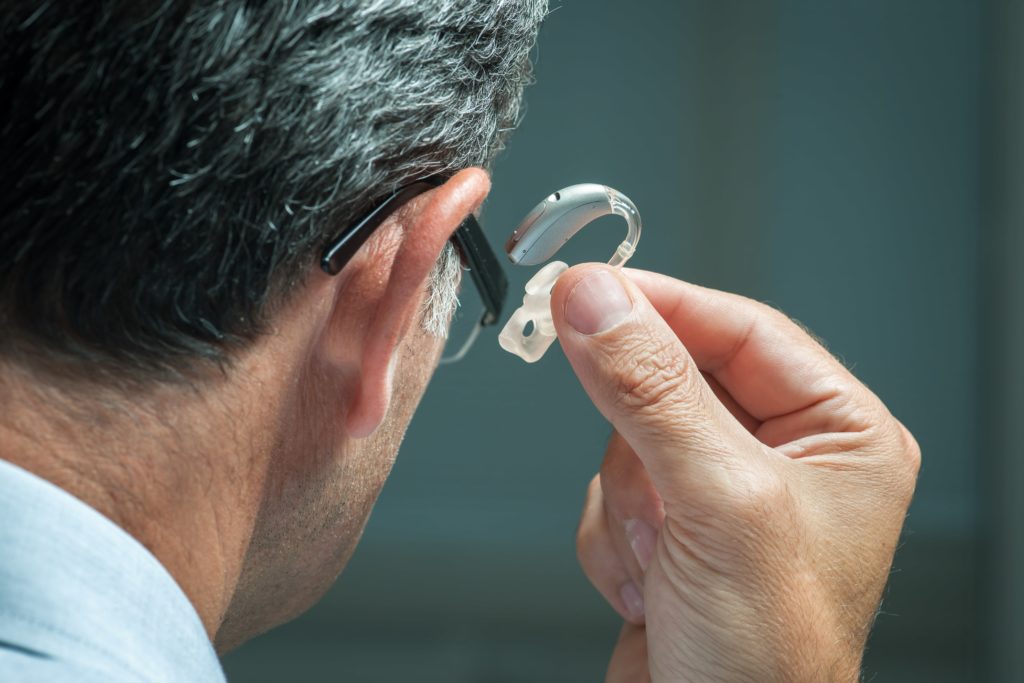
One size fits all
The misconception that hearing aids are a universal, one-size-fits-all solution disregards the intricate nature of hearing loss and the diverse needs of individuals. Personalised fittings are important to address the unique characteristics of each person’s hearing impairment and lifestyle.
Hearing loss is a complex and multifaceted issue. It can manifest in various forms, such as conductive, or mixed hearing loss, each requiring a tailored approach for effective intervention. Additionally, factors such as the individual’s ear anatomy, preferences, and daily activities play a crucial role in determining the most suitable hearing aid.
Technological advancements have facilitated the development of hearing aids in various styles and sizes, catering to different preferences and comfort levels. From behind-the-ear (BTE) to in-the-ear (ITE) and invisible-in-the-canal (IIC) models, users can choose devices that align with their aesthetic preferences and lifestyle requirements.
Finally, it can’t be dismissed the significance of a professional audiologist’s assessment of an individual. The assessment considers the type and degree of hearing loss, speech understanding, and the environments in which the individual is most often situated. This personalised approach ensures that the chosen hearing aid meets the user’s unique requirements, ultimately leading to improved satisfaction and effectiveness.
Myth debunked!
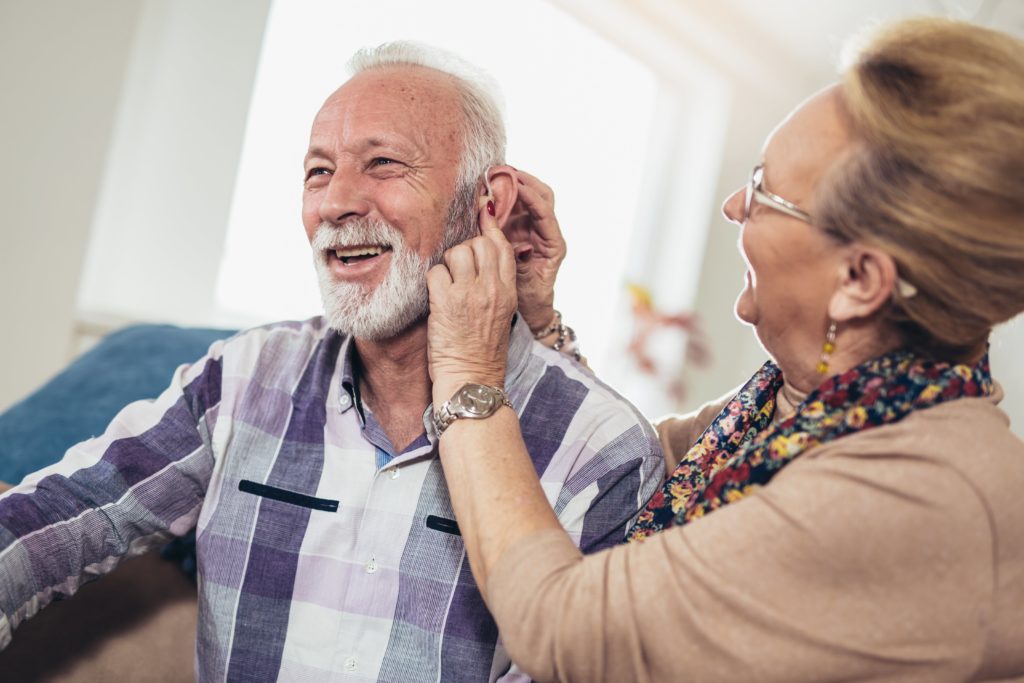
Hearing aids are noticeable and unattractive
The final misconception on our list about hearing aids is ‘they are noticeable and unattractive’. Firstly, in recent years, hearing aids have undergone transformative changes in design, making them smaller, sleeker, and more discreet. The development of smaller and in-the-canal (ITC) or completely-in-the-canal (CIC) hearing aids has gained widespread popularity. These devices are not only more discreet but also technologically advanced, offering features such as wireless connectivity and smartphone integration.
Hearing aid brands have researched user satisfaction and preferences, and they’ve discovered a positive correlation between the aesthetics of hearing aids and the likelihood of individuals purchasing them. People are more inclined to embrace hearing aids that align with their style and are less noticeable in social settings.
Moreover, hearing aid manufacturers are recognising the importance of customisation. Some devices now come in various colours, allowing users to match their hearing aids with their hair colour or skin tone, contributing to a more personalised and visually appealing experience.
At the Hearing Specialist, we have a variety of premium hearing aids for you to choose from. All are available in different models and sizes, so you can choose the hearing aid that will meet your requirements.
We hope you’ve enjoyed reading our latest article on the common misconceptions about hearing aids. If you have any further questions about the subject, get in touch with our team today.
Alternatively, if you’re looking for new hearing aids and you aren’t sure what model is best for you, then don’t worry – we have you covered. Here at the Hearing Specialist, we provide the highest quality hearing aids to all of our customers. We offer three of the best brands, Signia, Widex and Bernafon – book an appointment with us today to learn more.
